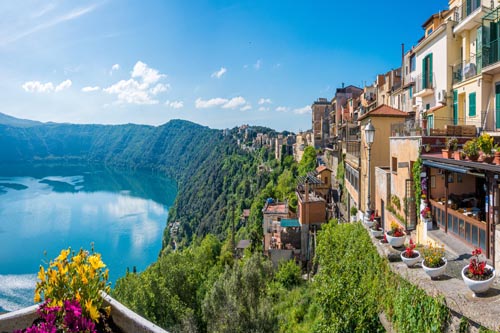Itinerary Undo Redo
- Planning mode
Scheduled 14 of 14 days
- Overnight
destinations
-
1
Rome, Italy
4 nights
-
2
Florence, Italy
3 nights
-
3
Cinque Terre, Italy
1 night
-
4
Venice, Italy
3 nights
-
5
Ravenna, Italy
1 night
-
6
Rome, Italy
1 night







































































































































